An Analysis of Talent Management Strategies: Aston Martin Case Study
VerifiedAdded on 2022/11/30
|10
|413
|92
Report
AI Summary
This report is a case study on Aston Martin, focusing on talent management strategies. It begins with an introduction outlining the project's aims to evaluate talent management practices, particularly in attracting and retaining employees. The methodology involves quantitative research, utilizing surveys to gather data. The findings section presents data on employee perceptions of talent management, factors driving its importance, and the impact of various strategies. The report recommends the adoption of participative leadership styles to enhance communication and employee engagement. The conclusion summarizes key talent management strategies, including performance-based incentives and training programs. The study offers insights into effective talent management practices within the automotive industry and provides recommendations for Aston Martin and other companies.
1 out of 10
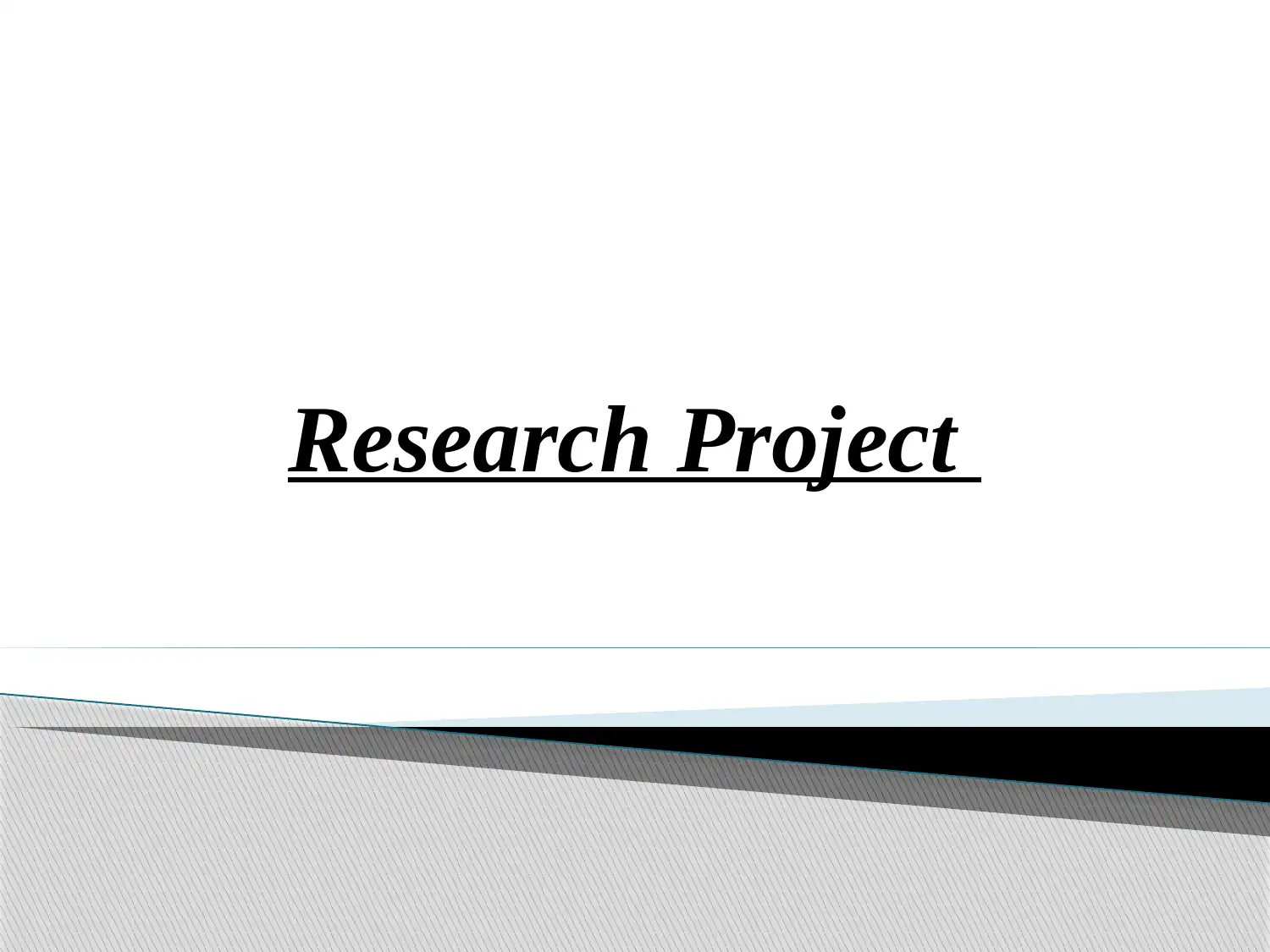
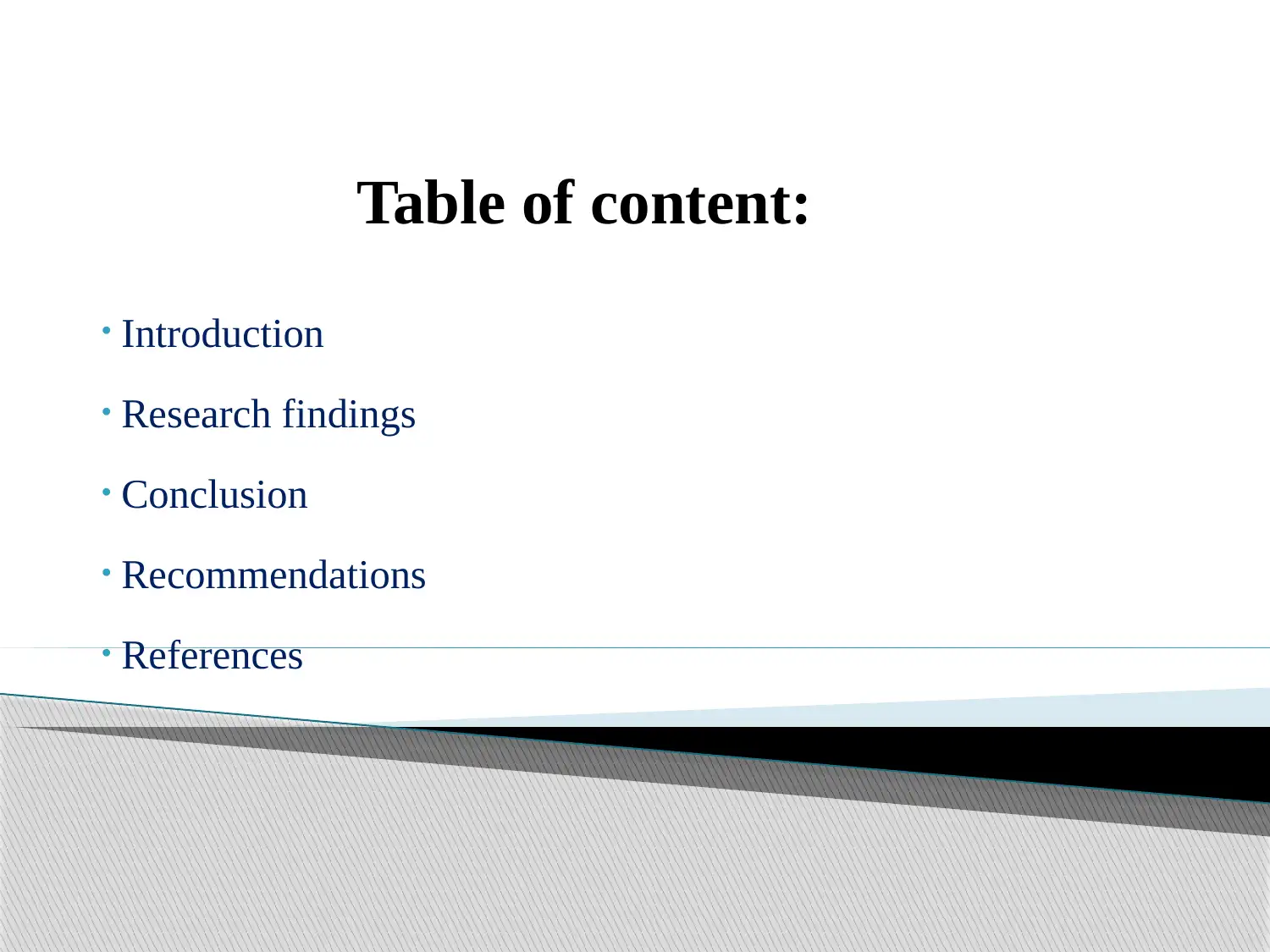
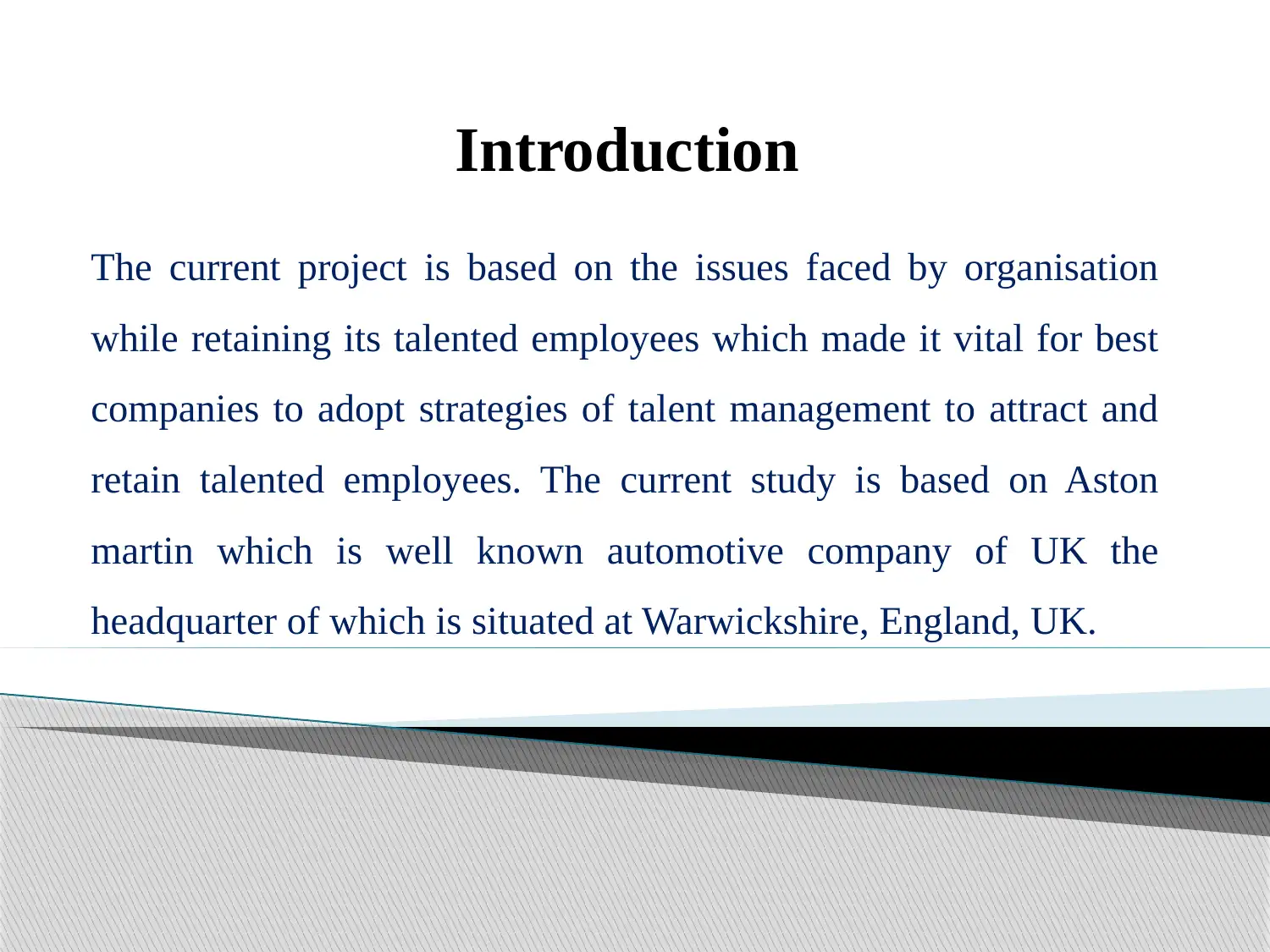

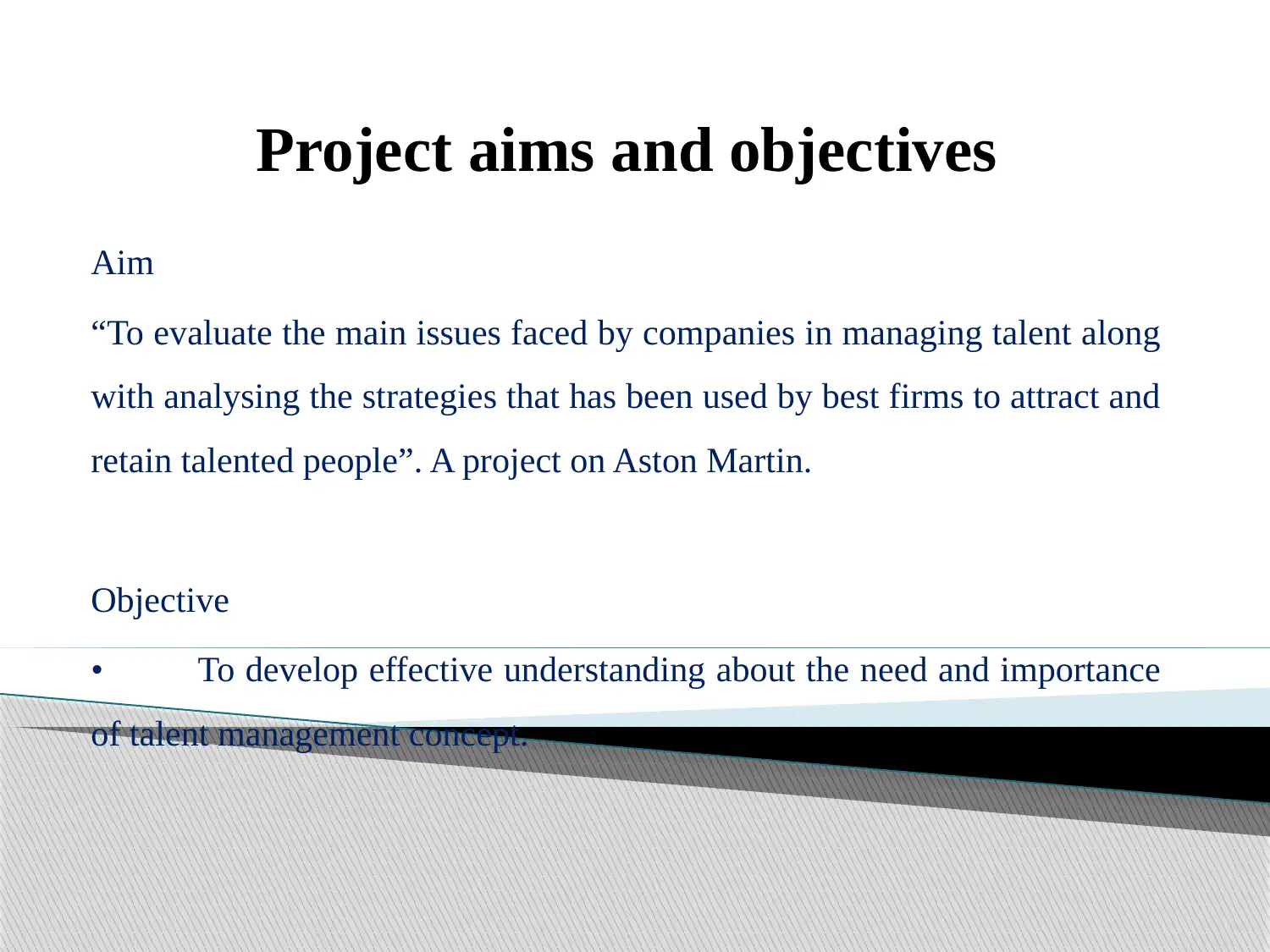

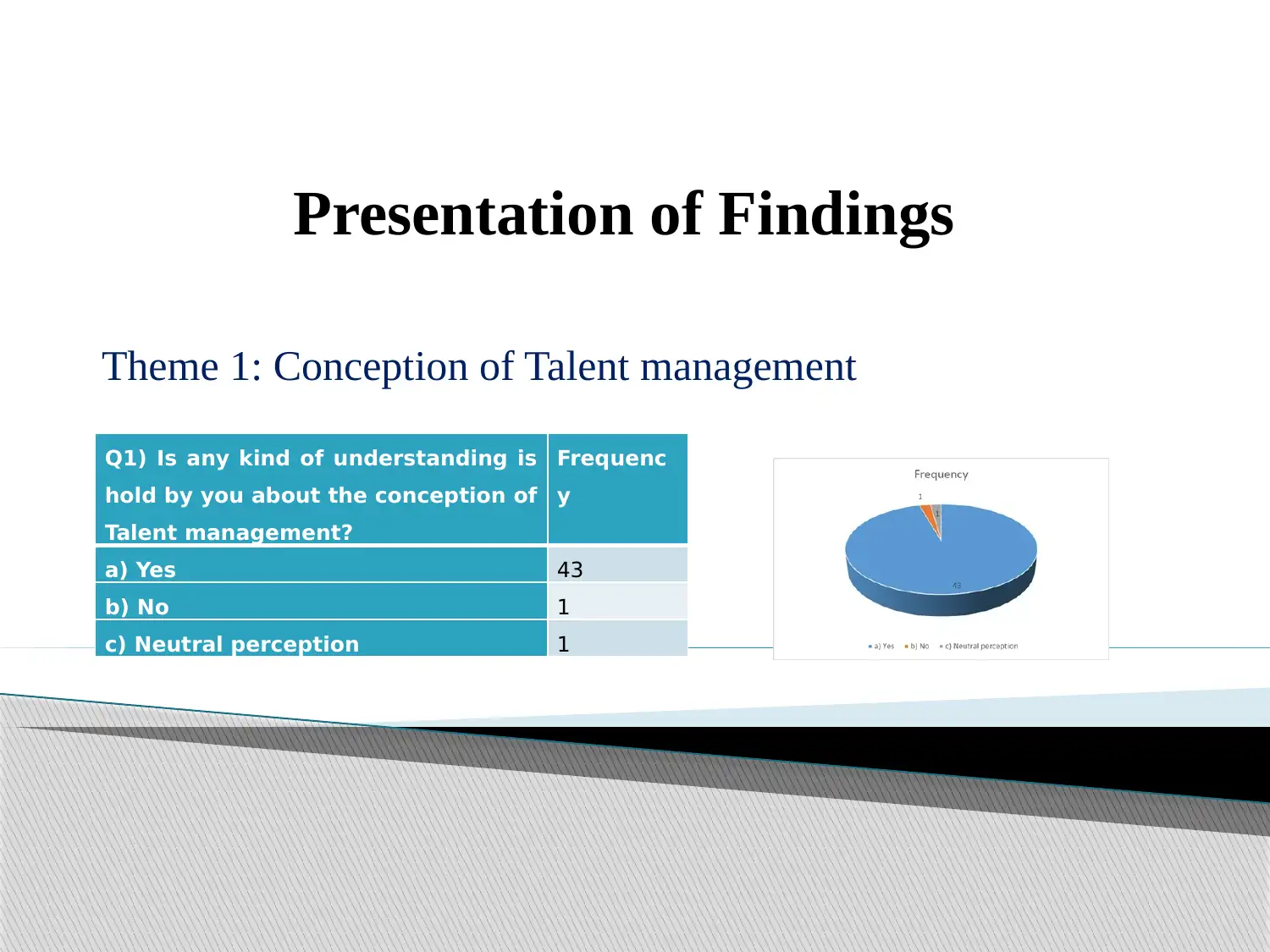
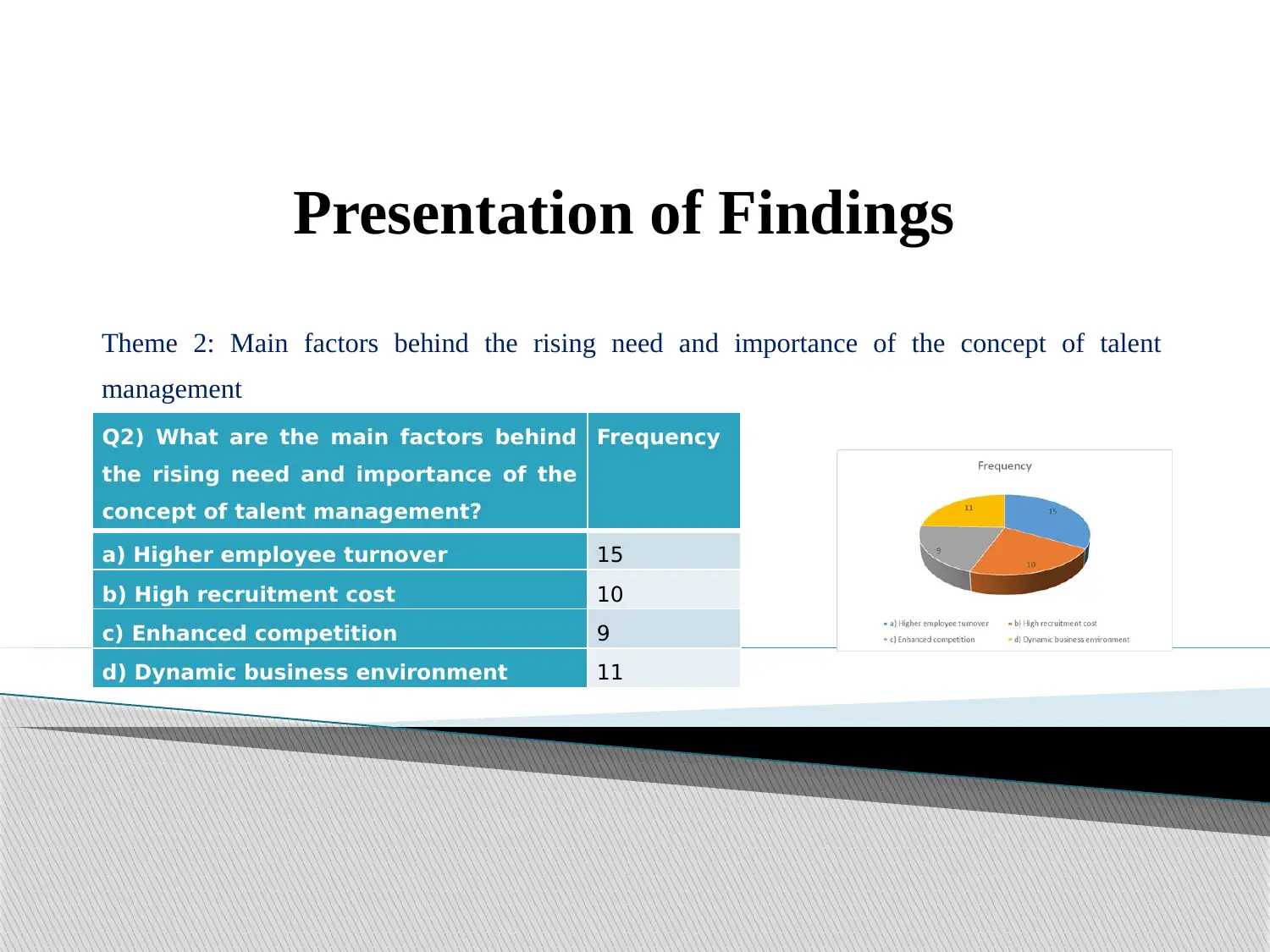
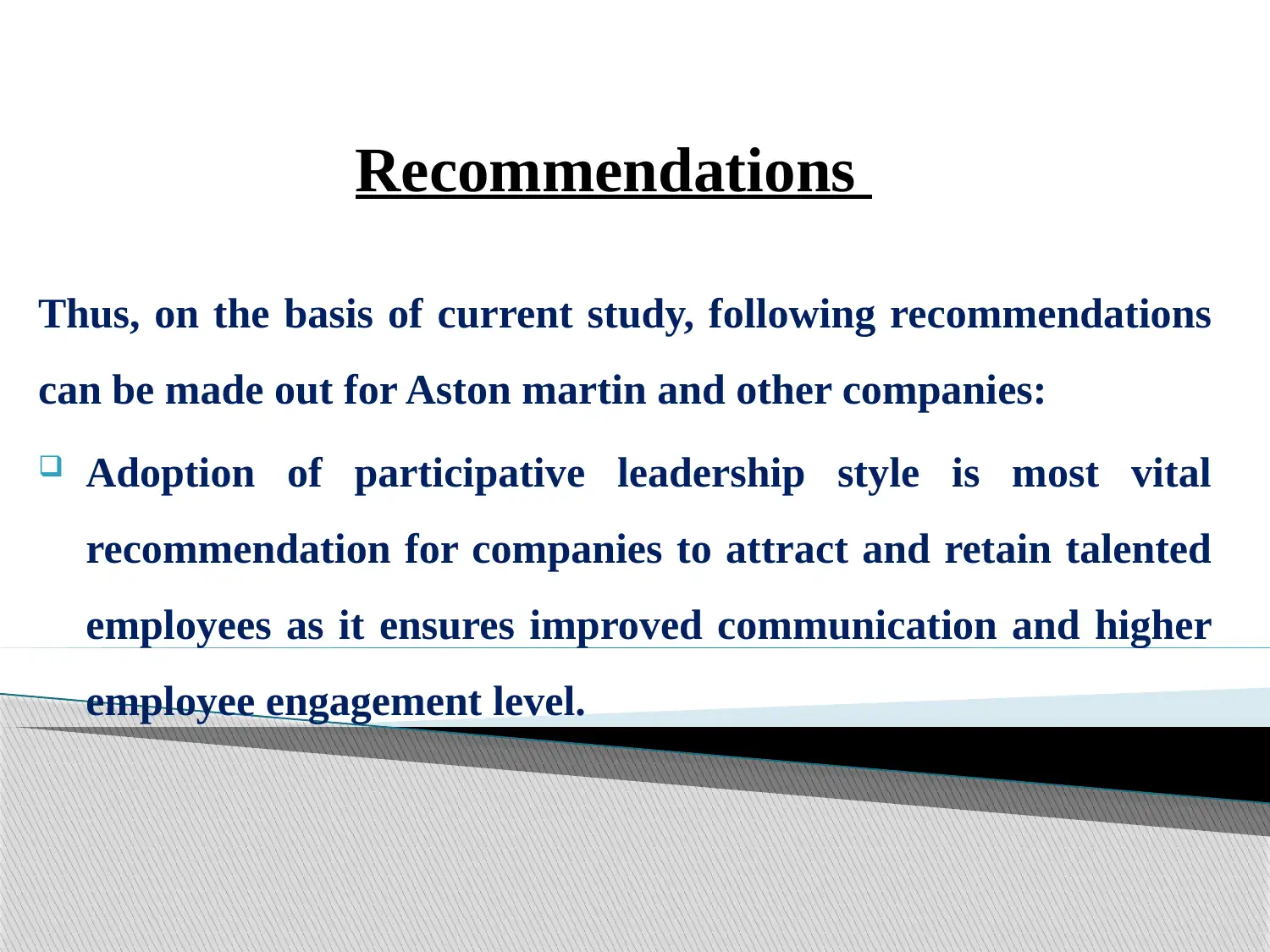
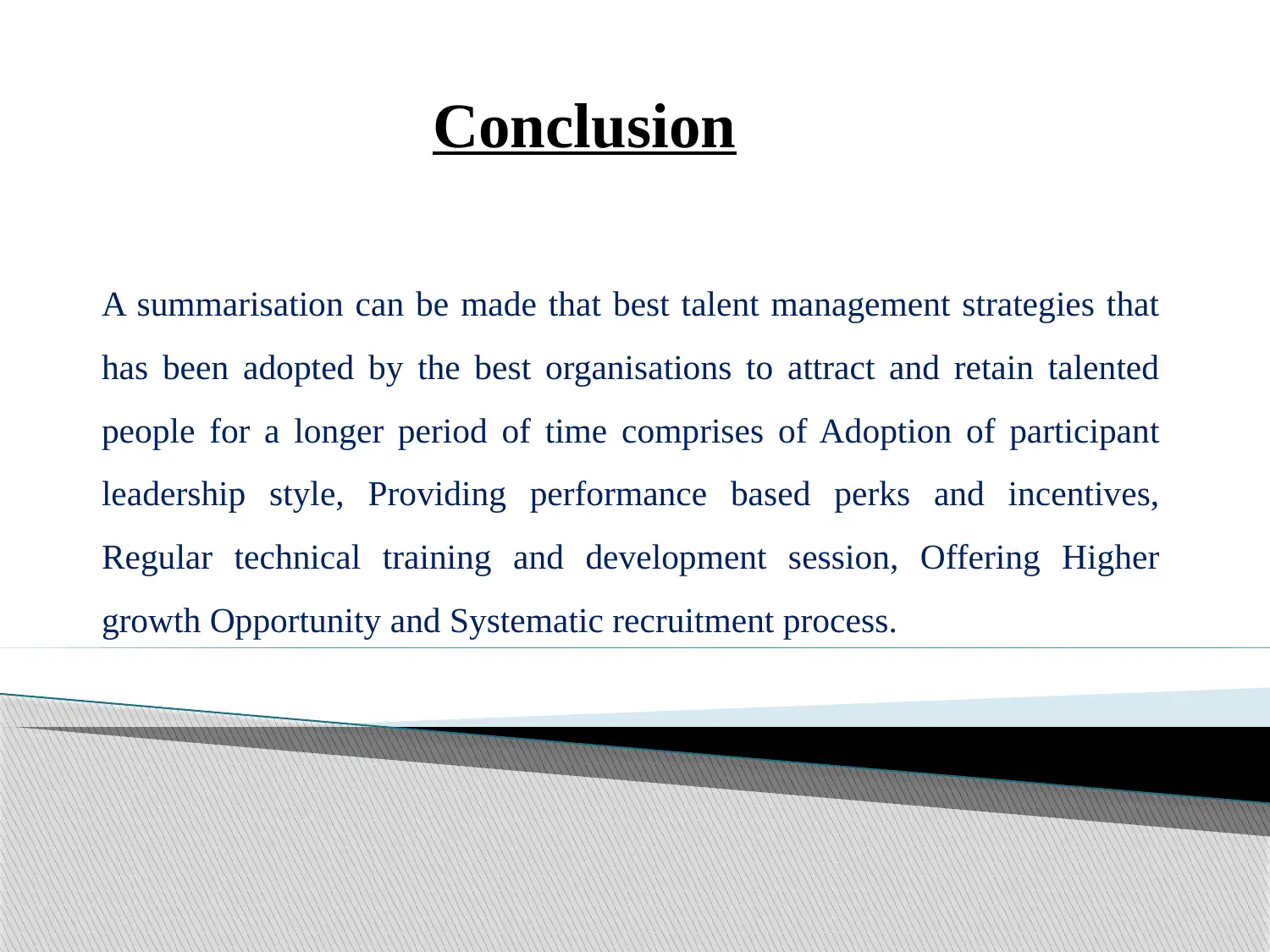







![[object Object]](/_next/static/media/star-bottom.7253800d.svg)